It shouldn’t come as a surprise that Spoleto, one of the South’s most prominent performing arts festivals, chose to celebrate its 40th anniversary in the Holy City with a new production of George Gershwin’s famous folk opera, Porgy and Bess, based on the Charleston-set novel by South Carolina poet DuBose Heyward. Tickets sold out in two weeks flat.
The response would have astonished Gershwin and Heyward. The opera debuted on Broadway in 1935 and opened to lackluster reviews. And both men died before Porgy and Bess went on to gain recognition as one of the twentieth century’s most important American operas. But even if you’re not one of the lucky patrons who purchased their tickets well in advance, there are still plenty of opportunities to experience the groundbreaking work both during the festival (May 27 to June 12) and throughout the summer.
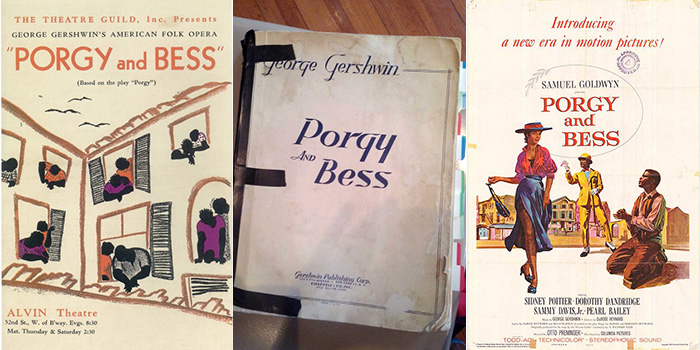
From left: A Porgy and Bess Broadway poster; the Spoleto script; poster from the 1959 film adaptation.
First up: Circle May 30 on your calendar.
Spoleto, in partnership with Wells Fargo, the City of Charleston, and Piccolo Spoleto, will present a live broadcast of the opera in Marion Square at 7:30 p.m. The screening, which was scheduled in response to the enormous community interest in the production, is free and open to the public. If May 30 doesn’t suit your schedule, try again the next evening with the rebroadcast at West Ashley High School—located across the Ashley River from the peninsula.
Option two: Make like Gershwin, who spent the summer of 1934 in the Lowcountry, and explore the city that inspired Heyward’s tale.
Spoleto will host a daily guided-walking tour that highlights the downtown Charleston locations—including Catfish Row—that are central to both the opera and the novel, as well as those sites that served as muse for the production’s costume and set designer, Jonathan Green, a local painter renowned nationally for his bright scenes of Gullah life. A second, self-guided home tour sees Green’s visual concepts leap from the stage to the street. The Porgy Houses, a collection of Charleston homes selected for their significance in African American history, have been adorned with the bold West-African design motifs that Green employs in the opera’s final act. You’ll find nine scattered around downtown. Visit the Spoleto website for addresses and directions.

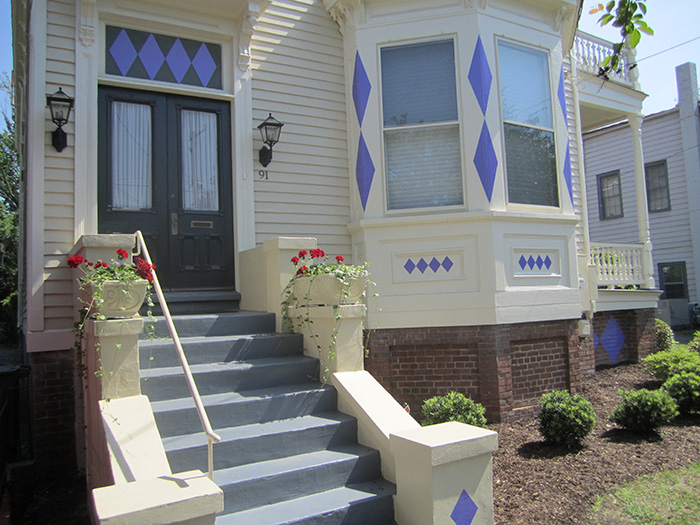
Photo: Courtesy of Spoleto
Two of the Porgy Houses.

Photo: Courtesy of Spoleto
Lowcountry artist and Porgy and Bess visual designer, Jonathan Green.
And finally, experience the art inspired by Porgy and Bess.
Charleston’s Gibbes Museum of Art will reopen on Saturday, May 28—after a multi-million dollar two-year renovation—with a special Spoleto-timed exhibit, Beyond Catfish Row: The Art of Porgy and Bess (May 28–October 9). The exhibit celebrates the opera as it has been interpreted by visual artists since its first curtain call in 1935, including the work of American realist George Biddle, who illustrated the original liberetto, and paintings by Gershwin himself. Pieces by contemporary artists like Green and Kara Walker, best known for her cut-paper silhouettes, hang alongside the historic works, all of which (like the source material) explore the issues of race, class, and gender in America.
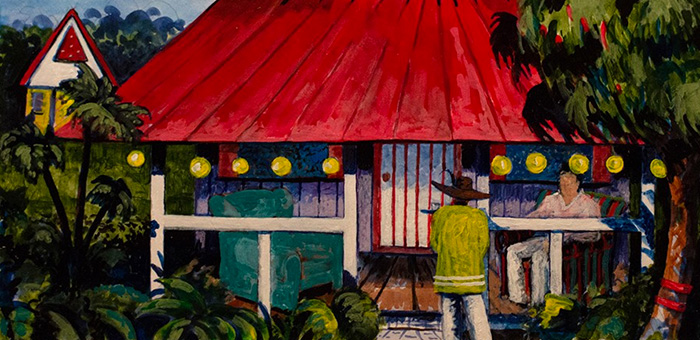
Gershwin’s Cottage on the Beach, 2014, by Jonathan Green.
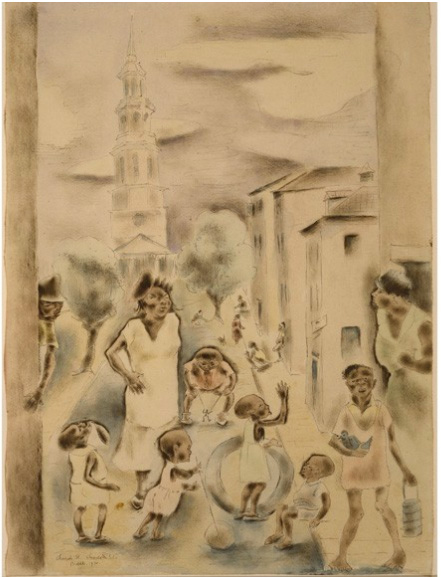
Church Street Amusements, 1930, by George Biddle.
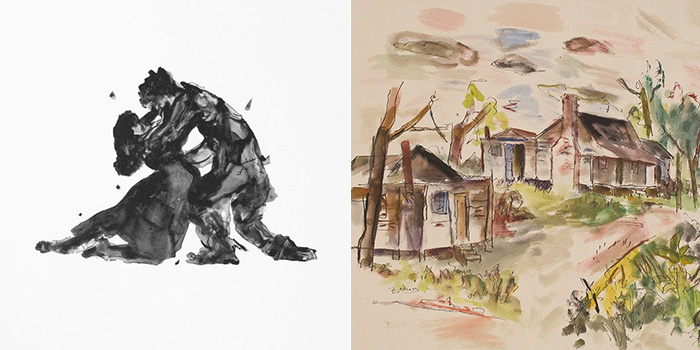
Photo: Paintings Courtesy the Gibbes Museum of Art
From left: Porgy and Bess, Embracing, 2013, by Kara Walker; Porgy and Bess with George, Near Folly Island, 1934, by Henry Botkin.







